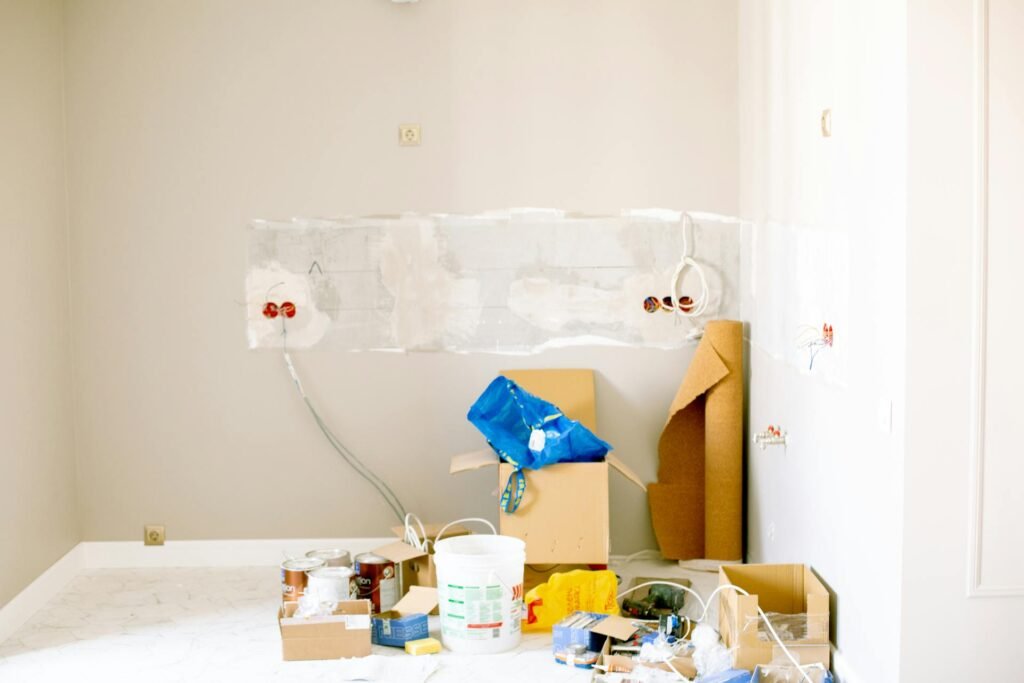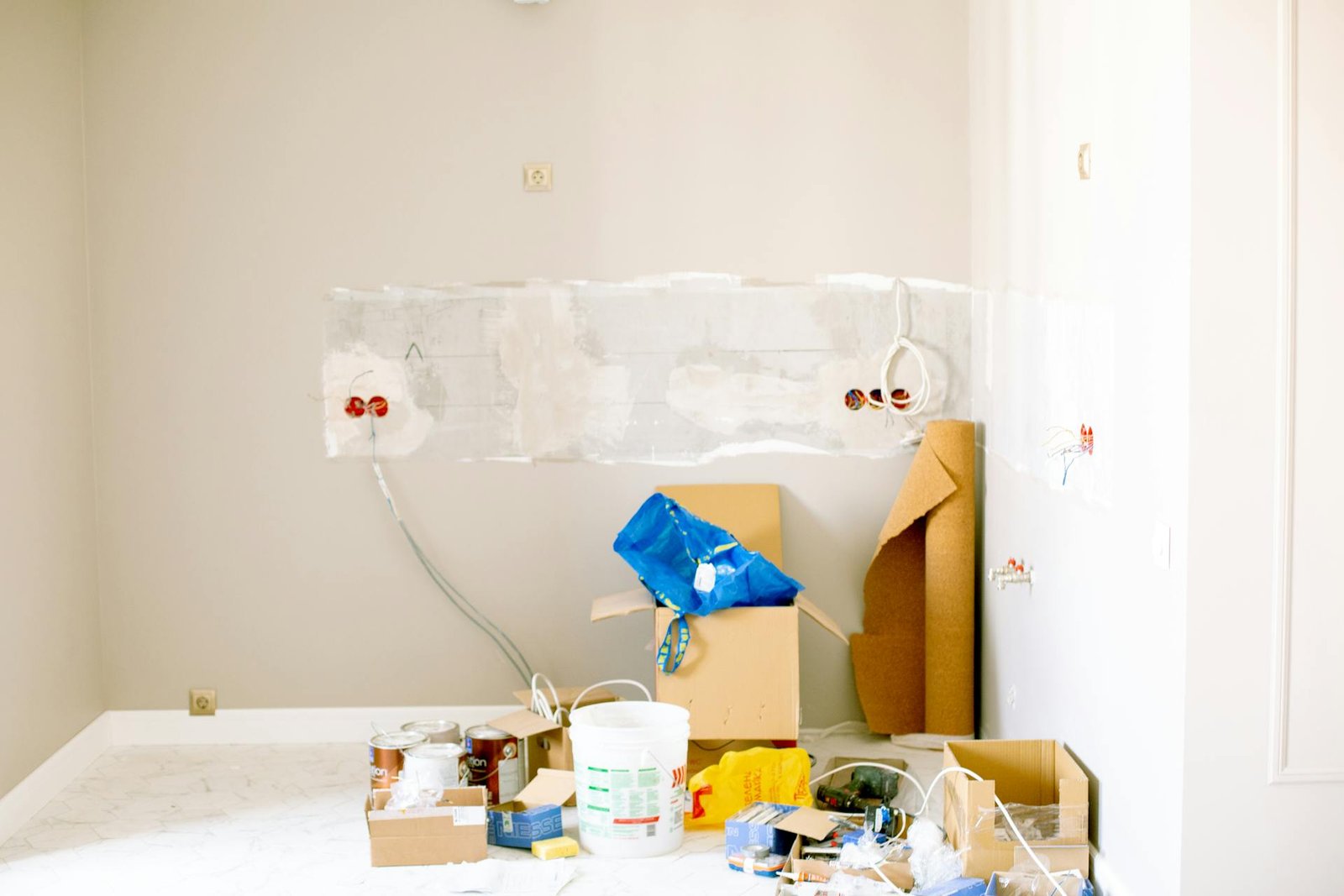Ever notice how renovating a house in Washington State feels like juggling rain delays, unpredictable material costs, and a long list of city rules you didn’t know existed? Many homeowners rush into projects thinking enthusiasm alone will carry them through, only to find themselves over budget, behind schedule, and questioning every decision. In this blog, we will share the most common home renovation mistakes and how to avoid them before frustration takes over.
Rushing Timelines and Ignoring Seasonal Challenges
Homeowners often misjudge how long a renovation will take, especially when relying on optimistic estimates or underestimating the complexity of permits and supply chains. Even straightforward projects can face delays if materials are back-ordered, inspections take longer than expected, or weather slows down exterior work. Trying to force unrealistic timelines usually leads to cutting corners, which can compromise quality and increase long-term costs.
Aligning projects with the right season helps reduce risks. Outdoor renovations, such as siding, painting, and landscaping, go more smoothly during months with predictable weather, while interior work can be scheduled during colder periods when exterior progress is harder to maintain. Building in extra time for delays allows the project to progress without panicked decision-making or sloppy craftsmanship just to meet a rushed deadline.

Underestimating Costs and Overlooking Priorities
One of the most frequent errors homeowners make is treating budgets as flexible guidelines instead of realistic boundaries. Too many people start by focusing on surface-level updates, like new countertops or flooring, before addressing the structural elements that protect their home. Ignoring roofing, foundation work, or outdated plumbing often leads to expensive problems later when those issues resurface and undo cosmetic improvements.
Roofing, in particular, is often put off until leaks force attention, even though a sound roof protects every other investment in the home. Hiring a trusted Vancouver Roofing Contractor early in the process can help identify and resolve issues before they become emergencies. A roof that’s properly repaired or replaced prevents water damage, improves insulation, and reduces energy costs, all of which save money over time. Addressing this type of foundational work first keeps renovation budgets from being swallowed by repairs that could have been prevented, freeing up resources for the upgrades people actually want to see when the project is complete.
Hiring Without Proper Research
Choosing contractors based only on price or convenience is another mistake that derails projects. A low bid might look appealing, but if it comes with poor communication, subpar work, or missed deadlines, the costs rise quickly. Researching credentials, reading reviews, and asking for referrals from past clients can prevent these headaches. Homeowners who prioritize proven reliability often end up saving money, even if they pay slightly more upfront, because the job is done right the first time.
Contracts matter as much as reputations. Detailed agreements that outline responsibilities, timelines, materials, and payment schedules protect everyone involved. Without these, disputes over unexpected costs or schedule changes can stall progress and sour the working relationship, leaving the project incomplete or dragging on far longer than planned.
Ignoring the Function of the Space
Design choices that prioritize aesthetics over usability frequently lead to regret. A kitchen that photographs beautifully but lacks sufficient counter space or logical workflow becomes frustrating in daily life. Bathrooms with trendy but hard-to-maintain finishes create more work than comfort. Spaces need to balance form and function so they remain appealing years after the initial excitement fades.
Practical elements like lighting, ventilation, and storage contribute as much to the success of a renovation as visible finishes. These features rarely grab attention, but they define how comfortable and efficient a home feels once the dust clears. Planning for them from the start avoids last-minute fixes that can add unnecessary costs.
Overloading the Schedule with Multiple Projects
Taking on too many renovations at once is a common trap, especially for homeowners eager to transform a property quickly. Overlapping projects create logistical chaos, stretch budgets thin, and can leave the entire home in a state of disarray for months. Spacing projects into manageable phases allows for better financial planning, less disruption, and more control over the quality of each stage.
Phased scheduling also gives homeowners the chance to reassess priorities as the work progresses. What seemed urgent at the start may shift once certain updates are complete, or unexpected expenses might require delaying non-essential upgrades. This flexibility prevents burnout and keeps the focus on getting each job done properly rather than rushing through everything at once.
Forgetting About Resale Value
Not every improvement pays off equally when it comes time to sell. Highly personalized designs, over-the-top luxury features, or niche spaces can narrow the pool of future buyers. While a home should reflect the owner’s style, it’s worth considering how the choices will be viewed if the property hits the market.
Neutral, functional upgrades—such as modernized kitchens, updated bathrooms, and durable materials—consistently add value without alienating potential buyers. These investments typically hold up over time and generate stronger returns, which can offset renovation costs if a sale becomes part of the long-term plan.
Skipping Ongoing Maintenance After the Work
A completed renovation doesn’t mark the end of responsibility. Neglecting upkeep allows small issues to escalate, undoing the effort and cost invested in the improvements. Sealing stone countertops, cleaning gutters, servicing HVAC systems, and checking for wear on finishes or fixtures all extend the life of the upgrades.
Creating a simple maintenance schedule keeps the home looking and functioning as intended, avoiding the need for premature replacements. It also protects the property’s value, ensuring the investment continues to pay off long after the last contractor leaves.
Why Avoiding These Mistakes Matters Now
With rising material costs, labor shortages, and fluctuating housing markets, every renovation carries more weight today than it did a decade ago. Projects must balance quality, function, and financial return to make sense in the current climate. Homeowners who plan carefully, address essential systems first, and avoid common traps can complete renovations that hold their value, reduce long-term expenses, and actually make living in the home more enjoyable.
By approaching renovations with patience, realistic expectations, and attention to the details that matter most, households avoid the spiral of wasted money, endless delays, and work that doesn’t hold up. A thoughtful process not only delivers a better result but also transforms the experience from a source of stress into one of lasting satisfaction.
Image Source








